These are things that surround you every day. I took them for granted, but a great number of things are happening. Now, I cannot help myself when I’m going somewhere, when I’m walking on the street, I even notice how different plants produce different colors or crazy optical effects. In the case of flowers, it is to attract pollinators, but also to manage light in the case of what’s happening in many leaves.
Discovering the color that never fades
Professor of Chemistry and Bio-materials
- Some plants and fruits, like Pollia condensata, produce vivid colors that never fade. They are created not through pigments but through microscopic structures that manipulate light – this is called structural coloration.
- Silvia Vignolini’s research was sparked by the accidental discovery of century-old, brightly colored Pollia fruits at the Cambridge Botanic Garden, which led to a deeper investigation into natural light-manipulating structures.
- Nature uses sophisticated structures to produce and manipulate color in surprising ways. These optical effects play important ecological roles, such as attracting pollinators or seed dispersers, and protecting plant tissues from ultraviolet light.
- Once you understand how these natural systems manipulate light, it becomes simpler to develop ideas and strategies to replicate these mechanisms – to manipulate light in the same way.
A new perspective
While growing up – I grew up in the countryside – if I am being honest, I wasn’t really fascinated by nature. That’s also why, in the end, at university and during the course of my studies, I always preferred disciplines like maths or physics. When I came here to Cambridge for my postdoc, a new world opened to me.
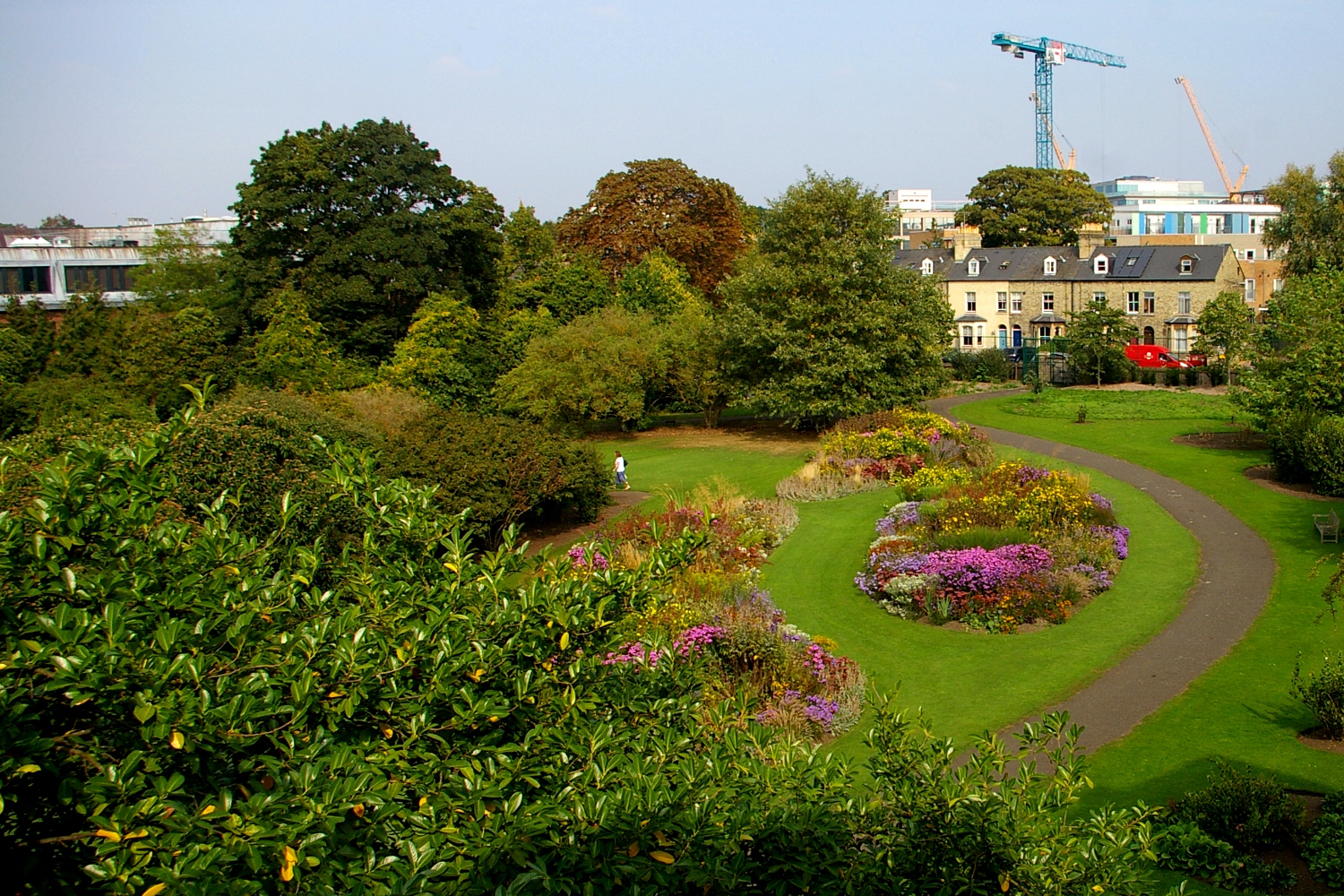
© Tiger
Once you appreciate the complexity of the structures that are created in nature to manipulate light, for me it is really difficult to remain not impressed.
Discovering Pollia fruit
When I started as a postdoc here in Cambridge, my project was to look at structural color in flowers. It was a really privileged occasion, in which I had to go to the botanic garden, pick flowers and look at the optical properties with instruments that measure how light changes in function of the angle. Then, we stumbled across really nice blue fruits, which are called Pollia condensata.
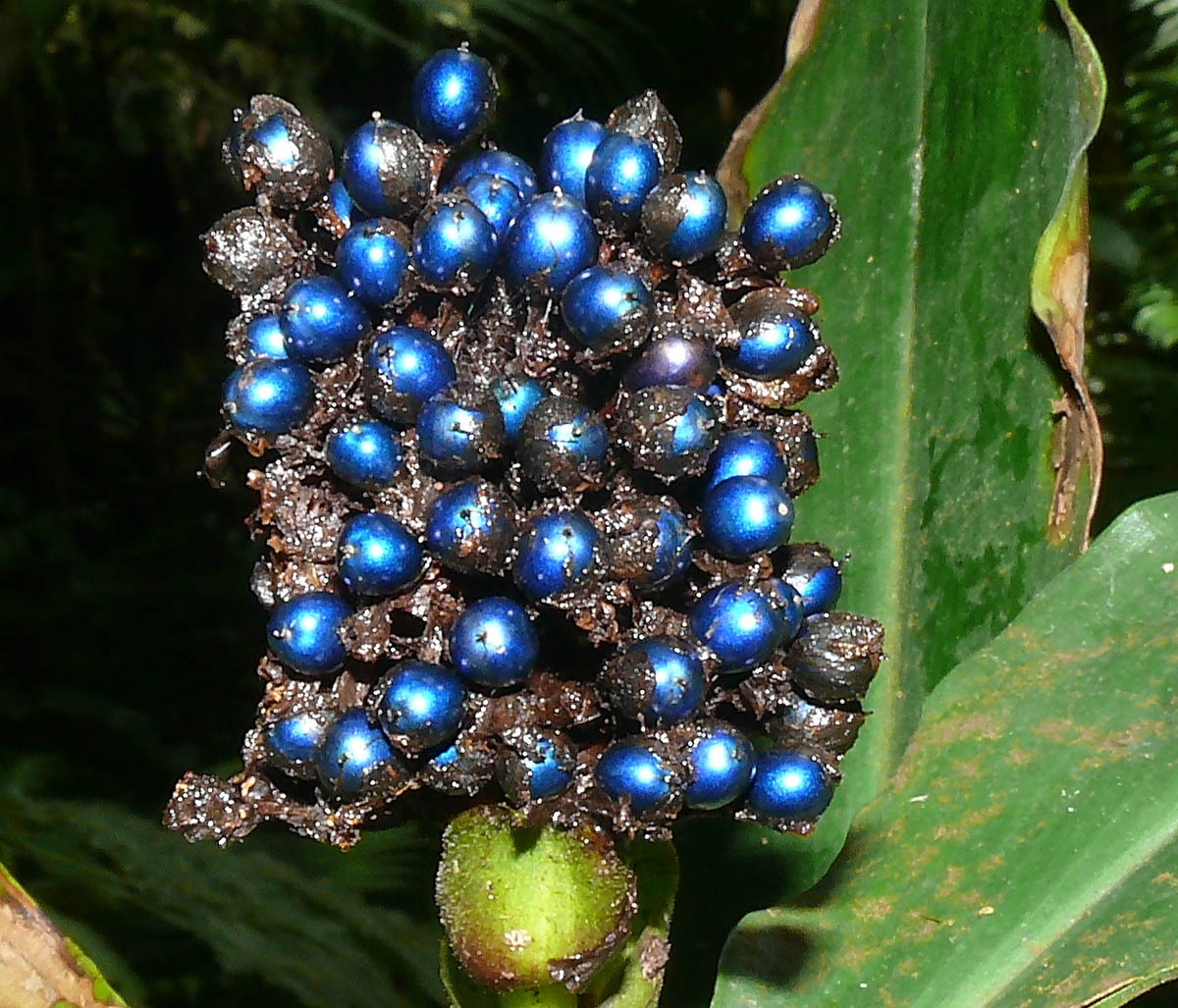
© Juliano Costa
How did we stumble across the fruit? These fruits were kept in the Cambridge University Botanic Garden, and they were collected almost 150 years ago. Like many of the discoveries that happen in a science lab, they are not necessarily planned. That is also how science works.
My collaborator, Paula Rudall, a scientist at the CU Botanic Garden, while she was discussing our recent discoveries on structural coloring in flowers with a colleague, she pointed and said, look at these fruits. They seem to be particularly shiny when they are in the wild, in the forest. These fruits grow mainly in Africa.
Unfading blue
If you go and look at something that has been collected more than a hundred years ago, the colors are completely lost. In the case of the Pollia fruits, the color was completely – exactly – the same as when it was collected. It was a bright, stunning blue.
Paula obviously told us that she had found this really strange fruit. They are really, really tiny. Then we started to look at them in terms of optical properties.
In this case, the color is given by the specific architecture that cellulose, which is a biopolymer usually contained inside the cells of plants. It is organized as a helicoidal structure.
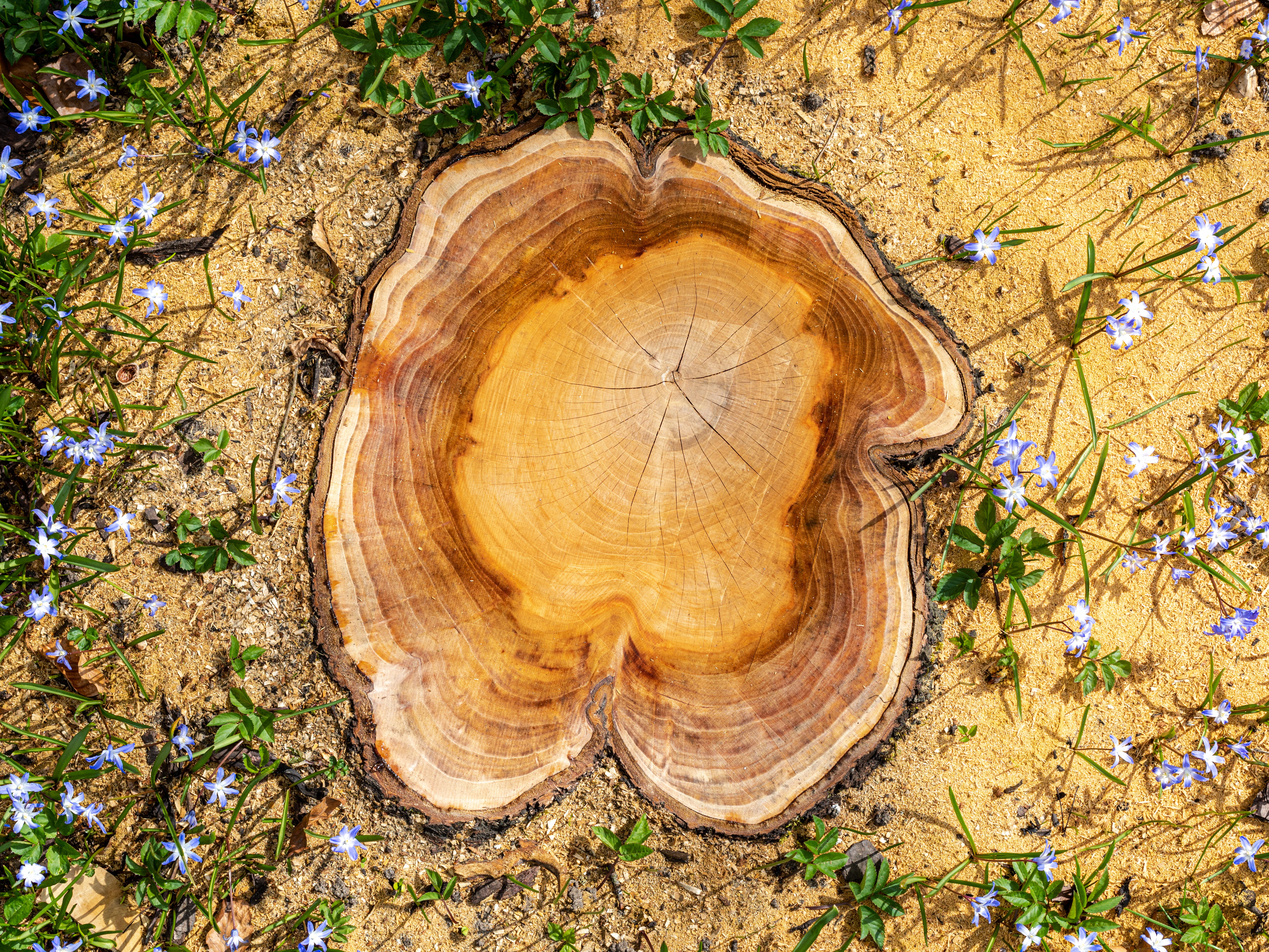
© Dietmar Rabich
The architecture behind color
It means that this cellulose in plants is usually made out of fibers. These fibers wrap around the cell wall to maintain it mechanically stable. You have to think about trees. Trees grow really tall; they are really heavy, and the material that keeps the mechanical stability of the wood is essentially cellulose.
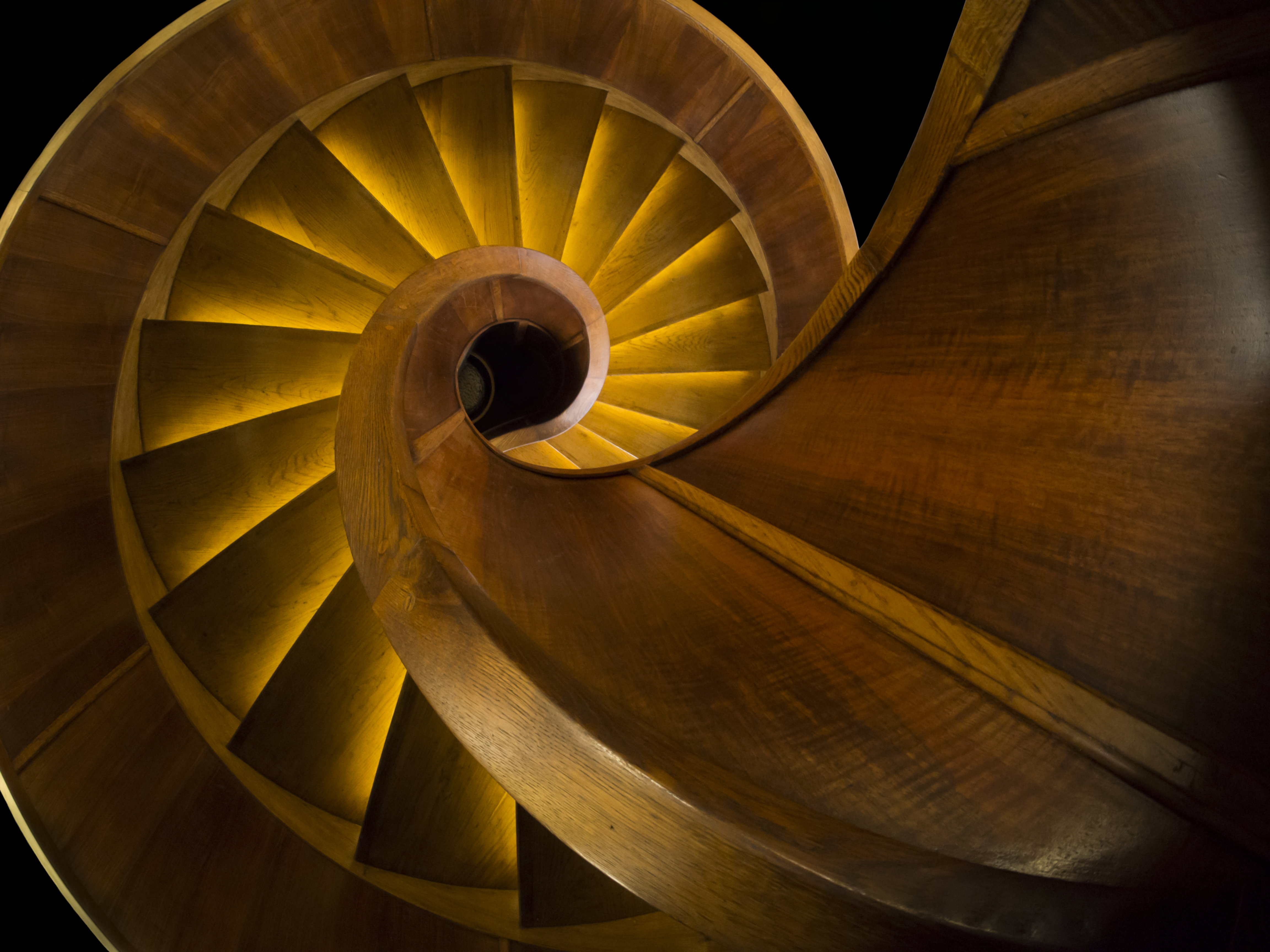
© Petar Milošević
In the case of Pollia, the cellulose is organized in a really special architecture. This helicoidal architecture consists of having these fibers oriented in one plane, in one direction. In the next plane, they are slightly tilted on top, building what is similar to a chiral staircase of fibers.
If the dimensionality of this staircase is comparable with the wavelength of light, again, you can get coloration. That is the way that the Pollia makes its color.
Unanswered questions
At the beginning, we started to study this because it was not known in the literature.
One of the other peculiarities of the Pollia fruit is that it does not have any nutritional value. You eat an apple because it has sugar and a pulp that makes you satisfied. If you eat a Pollia fruit, you just have something crunchy, but you don’t gain any nutritional benefit out of it.
What is the point of a plant making a fruit that does not provide any nutritional value to the animal that consumes it? Because we found Pollia on many islands, the first hypothesis was that it was bird-dispersed. Actually, when we tried to do some field experiments to confirm this hypothesis, we could not really see that.
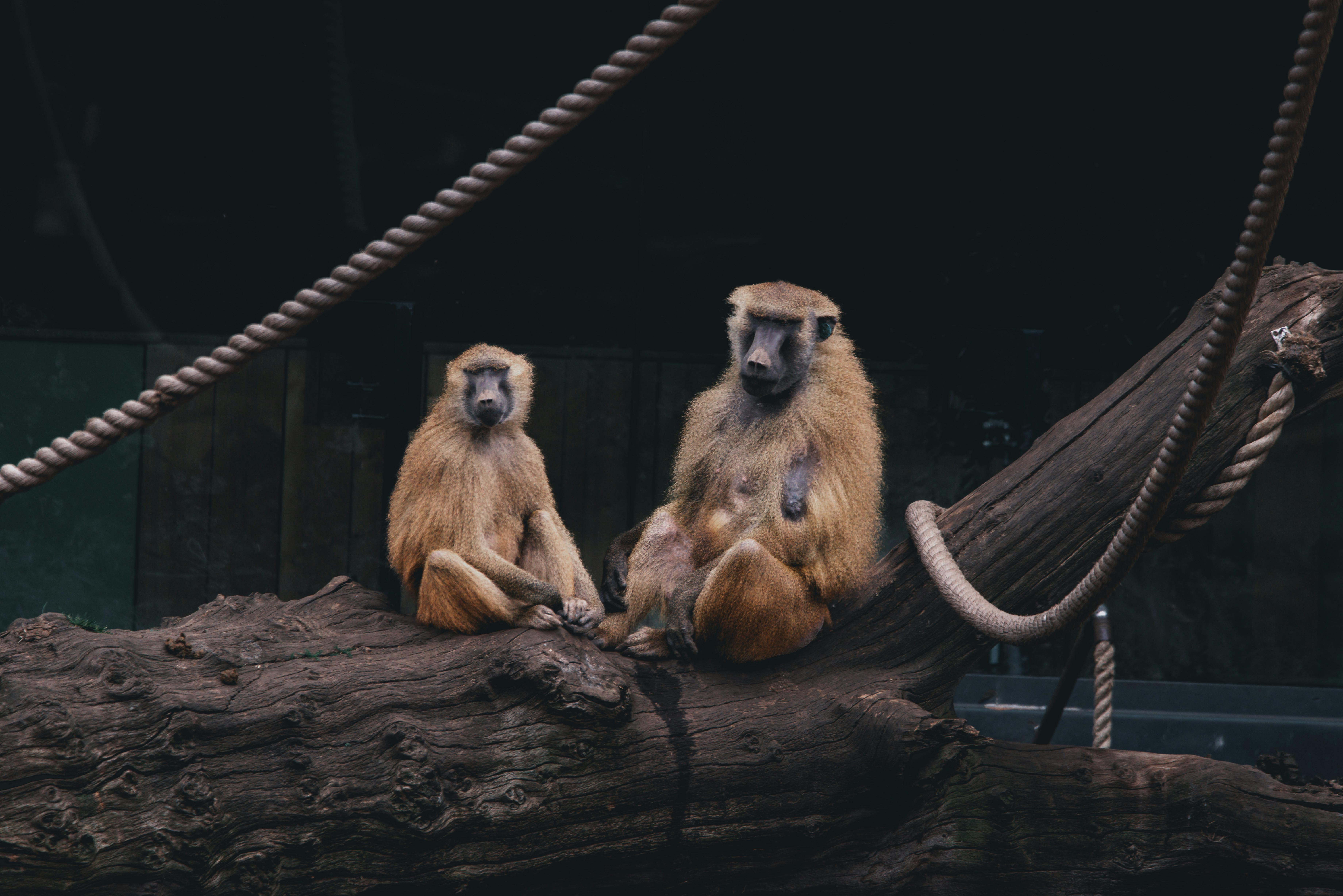
© Pexels
The only animals that were collecting some of these fruits were baboons, but we do not have enough scientific evidence to prove that the fruits evolved this bright coloration to attract animals. We could not get an answer to this question when we did our experiments.
Color signaling cues
Fruits are made by plants to reward the seed disperser. That is the main reason they produce fruits. You eat the fruit, the seeds sometimes. In some plants, they also need to pass through the intestine of specific animals to then be able to germinate.
It is also important that the plant makes the fruit the right color to attract the right species. The plant needs to signal the species when it is the right time to eat the fruit, because if it is eaten too early, then it is not going to be ready to disperse the seed.
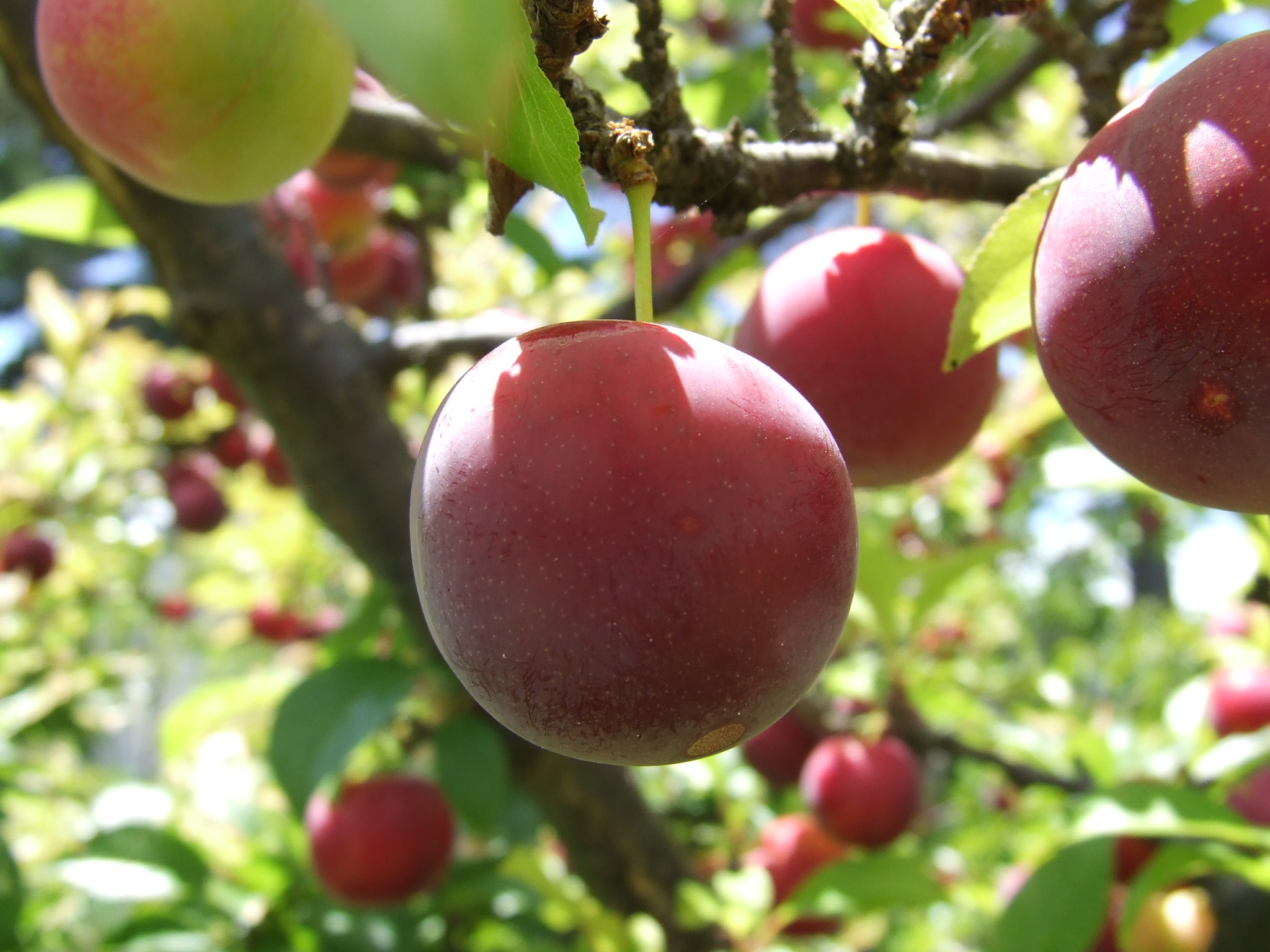
© Erin Silversmith
This relationship between plants and animals has evolved over time. We are also able to recognize when to eat the fruit, and it is just part of our interaction with plants.
Color for photoprotection
Structural color is mainly used to attract seed dispersers – so birds or any other animals that might eat the fruits – but structural color can also be used for photoprotection. This means protecting from harmful light, usually in the ultraviolet region.
This is used a lot in understory plants but also in algae. We have been working with different species of algae that create a multilayered structure – on the epidermal cell of the algae – that interacts with light with this interference mechanism and reflects ultraviolet light.
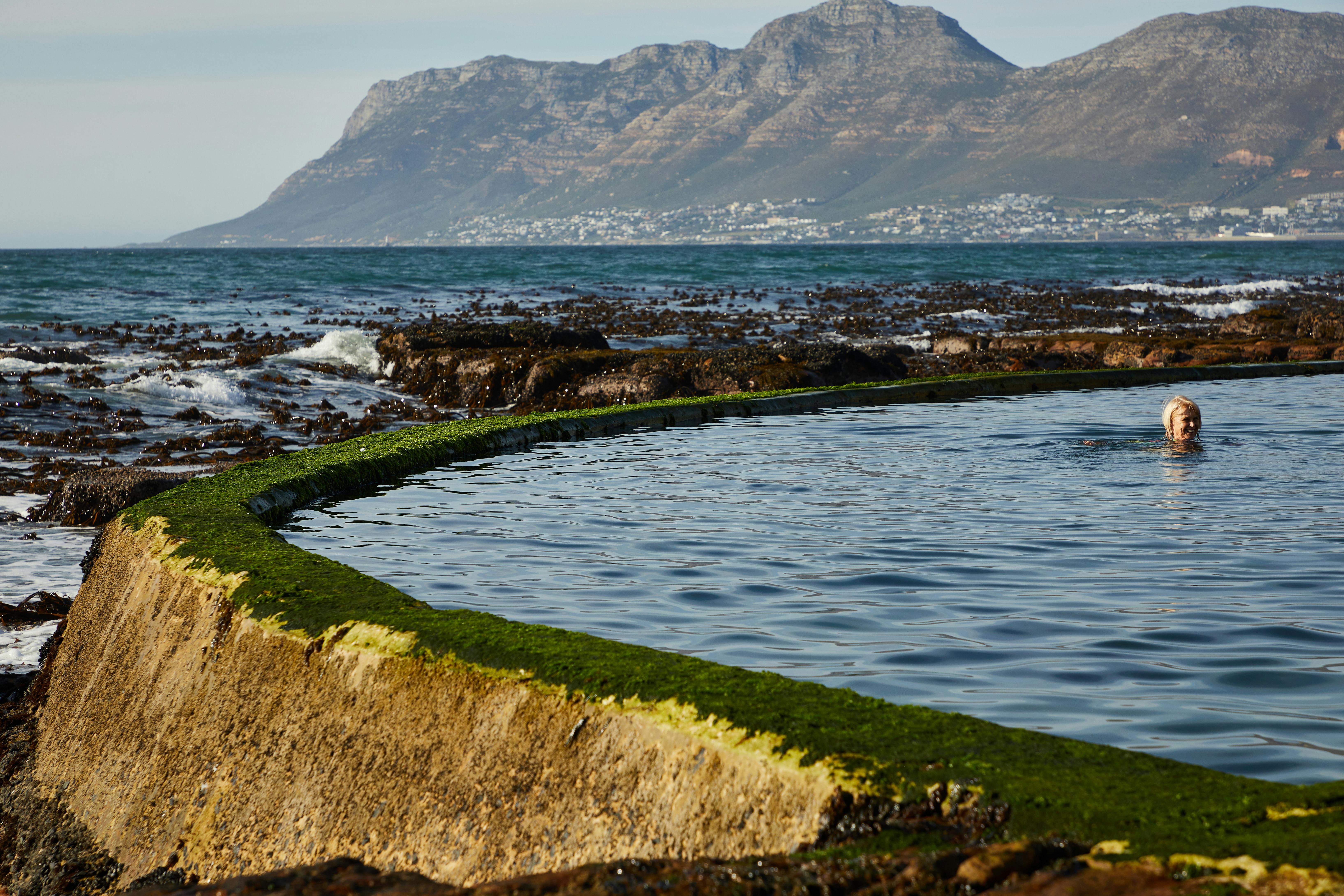
© Pexels
We demonstrated that, for some species, this mechanism is really used to filter part of this ultraviolet light that can be very damaging – especially in the newly growing bit of the tissue, before other pigments form inside the algae and can contribute to this effect, too.
Manipulating light
Different plants use light in different ways, for different purposes. They can use light to reflect specific color to attract. In that case, they can use this structural color, which is usually much brighter than pigment.
They can also use light to create photosynthesis in places that are really shaded. So they really optimize the capture of all the possible photons that are coming in – the incoming flux of light – even when living in shadowed areas. I would say that nature is extremely diverse and versatile when it comes to how it manages light – in terms of material, but also in terms of function.
It is incredible to see what types of different architecture are built, simply in plants, in order to either capture light in extreme environments where there are really few photons to catch when you want to photosynthesize or to protect from excessive amounts of light.
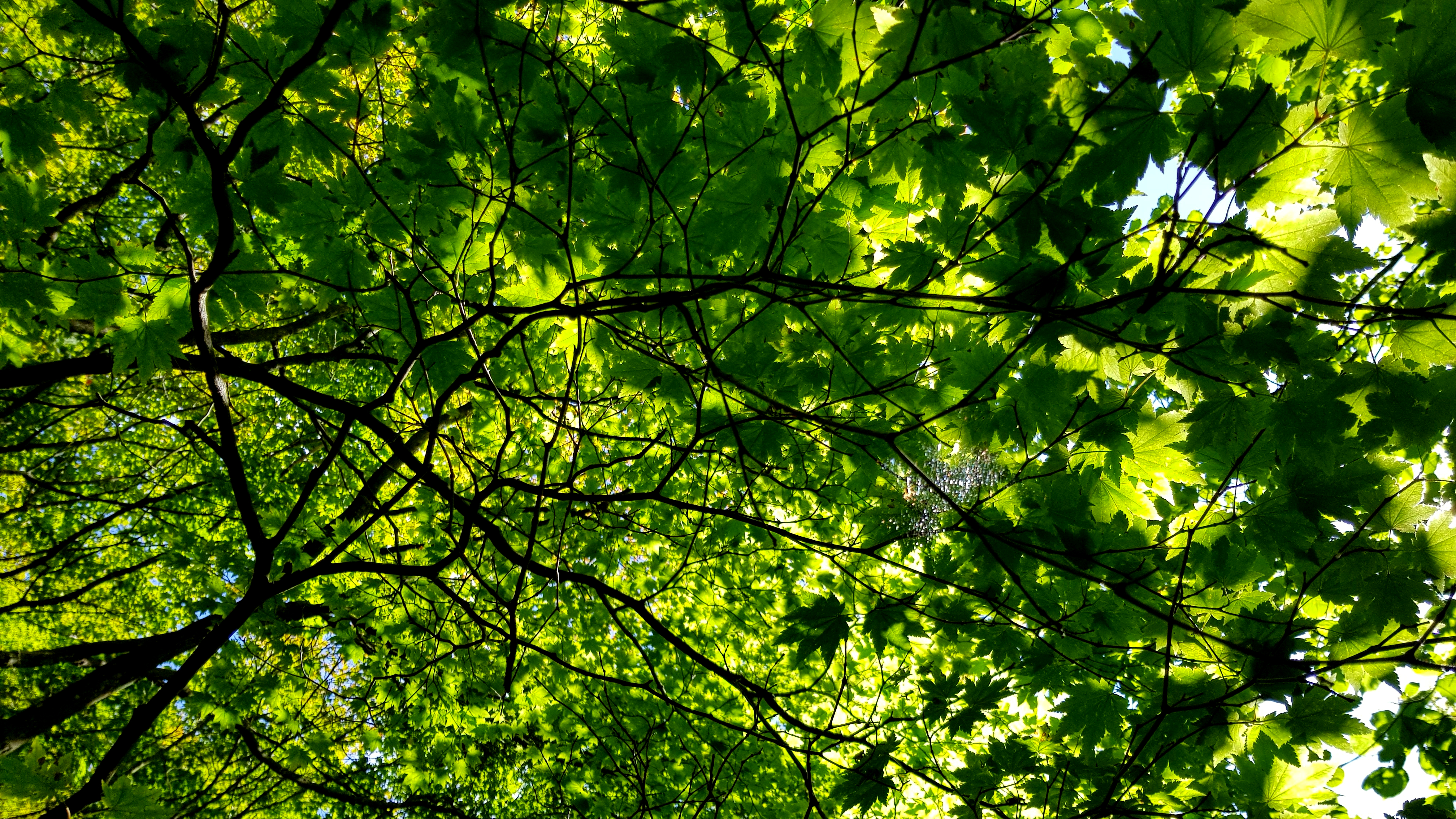
© Blondinrikard Fröberg
This is very inspiring for people like me, who come from a background of working with light–material interaction to then produce a structure that might have similar function and similar application.
Replicating light mechanisms
Once you understand how these natural systems manipulate light, it becomes simpler to develop ideas and strategies to replicate these mechanisms, to manipulate light in the same way.
The example of the Pollia fruit – the structural color produced by cellulose, the interaction of light with this helicoidal architecture – is essentially what drove, for many years, the research topic in my lab.
We try to exploit natural materials like cellulose, which are very abundant and renewable, to produce color in a more sustainable way.
Editor’s note: This article has been faithfully transcribed from the original interview filmed with the author, and carefully edited and proofread. Edit date: 2025
Discover more about
Pollia fruit and structural color
Vignolini, S., Rudall, P. J., Rowland, A. V., Reed, A., Moyroud, E., Faden, R. B., ... & Steiner, U. (2012). Pointillist structural color in Pollia fruit. Proceedings of the National Academy of Sciences, 109(39), 15712–15715.
Vignolini, S., Gregory, T., Lethbridge, A., Moyroud, E., Steiner, U., Glover, B. J., & Rudall, P. J. (2016). Structural colour from helicoidal cell-wall architecture in fruits of Margaritaria nobilis. Journal of the Royal Society Interface, 13(118), 20160645.
Vignolini, S., Moyroud, E., Glover, B. J., & Steiner, U. (2013). Analysing photonic structures in plants. Journal of the Royal Society Interface, 10(80), 20130394.